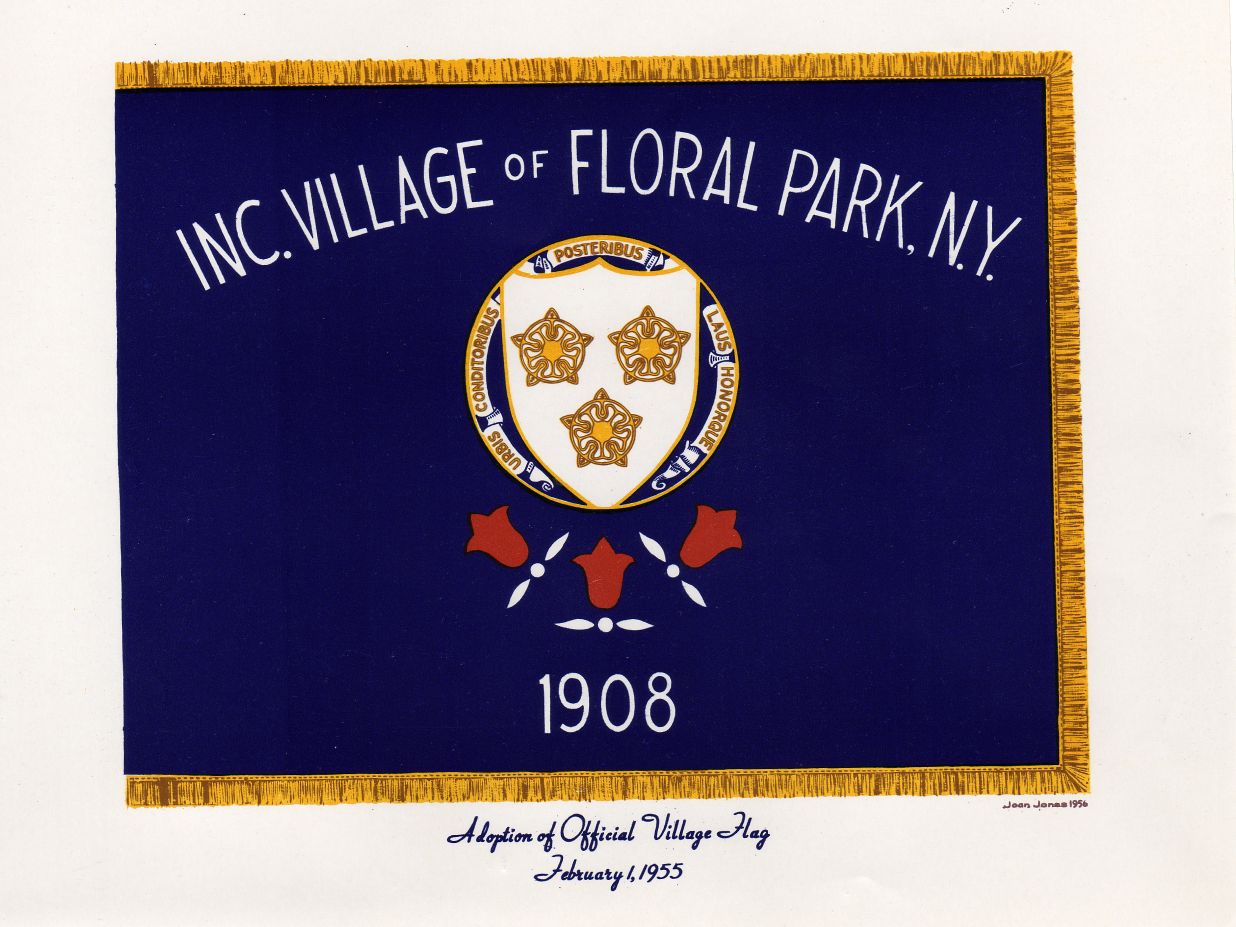Floral Park’s Village Board made its opposition to plans for a third track on the Long Island Rail Road official Tuesday, stating its stance against the project in a resolution.
Floral Park is the first village along the affected 9.8-mile stretch of the railroad between Floral Park and Hicksville to pass such a resolution.
The Village Board decided to adopt the measure because Floral Park’s concerns about the project Gov. Andrew Cuomo and the Metropolitan Transportation Authority proposed in January have not yet been sufficiently addressed, Mayor Thomas Tweedy said.
“I think it’s important that we demonstrate to the MTA, as well as to the state decision-makers, that there is a coalition, that we’re speaking not just as individuals, but as communities,” Tweedy said.
As Floral Park officials and residents have in recent weeks, the resolution says the project Gov. Andrew Cuomo announced in January would have major negative impacts on the village during construction and would result in increased train noise and freight traffic with no benefit to residents.
The resolution notes the village’s pool and recreation building, two elementary schools, 148 homes and an apartment building abut the railroad.
It also says the LIRR could implement “less intrusive” fixes to existing infrastructure, including eliminating street-level crossings, building a train yard in Huntington and finishing a second track into Ronkonkoma.
MTA LIRR spokesman Aaron Donovan said in a statement Thursday that the resolution is “based on outdated information and a ten-year-old plan” that Cuomo does not support.
The governor’s plan aims to address many of the concerns Floral Park’s resolution raises, and will be based on “extensive community input,” Donovan said.
“We hope everyone will shift from an unproductive focus on an old, outdated plan, to engage in productive consultation on the new approach that is now on the table to help shape it – which many communities are already doing,” he said in the statement.
Village officials in New Hyde Park and Mineola have spoken against the project, expected to cost between $1 billion and $1.5 billion, but have said their boards plan to wait until they see full plans before taking up resolutions.
Tuesday’s vote follows a Feb. 19 meeting between some Main Line village officials and Cuomo, during which the governor told them the new proposal would be less intrusive than a plan the MTA proposed in 2005 and later abandoned.
Cuomo and the MTA have said the new plan would require about 50 property acquisitions, down from 250 in the earlier plan, and would be built within the LIRR’s right of way to minimize impacts on surrounding areas.
Floral Park’s Village Board passed a resolution opposing the old project in 2008. Eight mayors from villages on or near the affected stretch also recently asked the Nassau County Village Officials Association to officially oppose the plan.
Cuomo transportation spokeswoman Beth DeFalco has said the new third track plan is “radically different” from the one the MTA previously proposed and bears “increased community benefits.”
While the meeting showed Tweedy the governor was serious about engaging with affected communities, he said, it didn’t provide any information to assuage concerns that Floral Park residents “would bear all the burden and derive none of the benefit.”
“It’s an Island-wide transportation system,” Tweedy said. “We need to share the burden.”
Tweedy and Mineola Deputy Mayor Paul Pereira said last week Cuomo told them the plan would involve the elimination of the seven grade crossings along the corridor, but it would be cost-prohibitive to remove them without simultaneously installing a third track.
The governor also told them the third track would be a “design and build” project, meaning private builders would handle construction, not the MTA or the LIRR.
This would shorten construction time and minimize construction impacts, Donovan said Thursday.
Third track proponents say the project would ease east- and westbound commutes and be an economic boon for Long Island, eventually attracting thousands of new residents and potentially adding billions to the Island’s gross regional product.
The MTA has hired a consultant to conduct an environmental review of the project, which transit officials have said will take a year to 18 months.
The project will involve an extensive community outreach effort to address concerns that will “set a new standard on Long Island” and will include a website with direct access to planners and in-person conversations, DeFalco has said.
“The community consultation process will continue to broaden over the next few months to assure transparency and ensure maximum opportunity for consideration of community concerns,” Donovan said Thursday.



